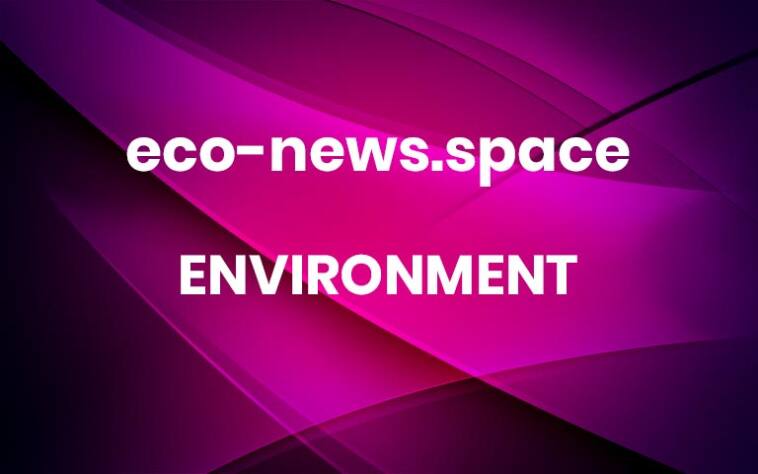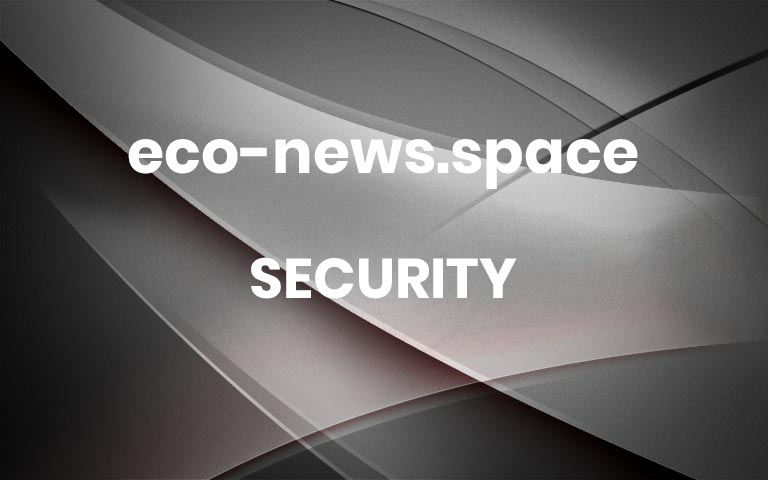Mind, hand, and harvest
On a sunny, warm Sunday MIT students, staff, and faculty spread out across the fields of Hannan Healthy Foods in Lincoln, Massachusetts. Some of these volunteers pluck tomatoes from their vines in a patch a few hundred feet from the cars whizzing by on Route 117. Others squat in the shade cast by the greenhouse to snip chives. Still others slice heads of Napa cabbage from their roots in a bed nearer the woods. Everything being harvested today will wind up in Harvest Boxes, which will be sold at a pop-up farm stand the next day in the lobby of the Stata Center back on the MIT campus.This initiative — a pilot collaboration between MIT’s Office of Sustainability (MITOS), MIT Anthropology, Hannan Healthy Foods, and the nascent MIT Farm student organization — sold six-pound boxes of fresh, organic produce to the MIT community for $10 per box — half off the typical wholesale price. The weekly farm stands ran from Sept. 15 through Oct. 27.“There is a documented need for accessible, affordable, fresh food on college campuses,” says Heather Paxson, William R. Kenan, Jr. Professor of Anthropology and one of the organizers of the program. “The problems for a small farmer in finding a sufficient market … are connected to the challenges of food insecurity in even wealthy areas. And so, it really is about connecting those dots.”Through the six weeks of the project, farm stand shoppers purchased more than 2,000 pounds of fresh produce that they wouldn’t otherwise have had access to. Hannan, Paxson, and the team hope that this year’s pilot was successful enough to continue into future growing seasons, either in this farm stand form or as something else that can equally serve the campus community.“This year we decided to pour our heart, soul, and resources into this vision and prove what’s possible,” says Susy Jones, senior sustainability project manager at MITOS. “How can we do it in a way that is robust and goes through the official MIT channels, and yet pushes the boundaries of what’s possible at MIT?”A growing ideaMohammed Hannan, founder of Hannan Healthy Foods, first met Paxson and Jones in 2022. Jones was looking for someone local who grew vegetables common in Asian cuisine in response to a student request. Paxson wanted a small farm to host a field trip for her subject 21A.155 (Food, Culture and Politics). In July, Paxson and Jones learned about an article in the Boston Globe featuring Hannan as an example of a small farmer hit hard by federal budget cuts.They knew right away they wanted to help. They pulled in Zachary Rapaport and Aleks Banas, architecture master’s students and the co-founders of MIT Farm, an organization dedicated to getting the MIT community off campus and onto local farms. This MIT contingent connected with Hannan to come up with a plan.“These projects — when they flow, they flow,” says Jones. “There was so much common ground and excitement that we were all willing to jump on calls at 7 p.m. many nights to figure it out.”After a series of rapid-fire brainstorming sessions, the group decided to host weekly volunteer sessions at Hannan’s farm during the autumn growing season and sell the harvest at a farm stand on campus.“It fits in seamlessly with the MIT motto, ‘mind and hand,’ ‘mens et manus,’ learning by doing, as well as the heart, which has been added unofficially — mind, hand, heart,” says Paxson.Jones tapped into the MITOS network for financial, operational, student, and city partners. Rapaport and Banas put out calls for volunteers. Paxson incorporated a volunteer trip into her syllabus and allocated discretionary project funding to subsidize the cost of the produce, allowing the food to be sold at 50 percent of the wholesale price that Hannan was paid for it.“The fact that MIT students, faculty, and staff could come out to the farm, and that our harvest would circulate back to campus and into the broader community — there’s an energy around it that’s very different from academics. It feels essential to be part of something so tangible,” says Rapaport.The volunteer sessions proved to be popular. Throughout the pilot, about 75 students and half a dozen faculty and staff trekked out to Lincoln from MIT’s Cambridge, Massachusetts, campus at least once to clear fields and harvest vegetables. Hannan hopes the experience will change the way they think about their food.“Harvesting the produce, knowing the operation, knowing how hard it is, it’ll stick in their brain,” he says.On that September Sunday, second-year electrical engineering and computer science major Abrianna Zhang had come out with a friend after seeing a notification on the dormspam email lists. Zhang grew up in a California suburb big on supporting local farmers, but volunteering showed her a different side of the job.“There’s a lot of work that goes into raising all these crops and then getting all this manual labor,” says Zhang. “It makes me think about the economy of things. How is this even possible … for us to gain access to organic fruits or produce at a reasonable price?”Setting up shopSince mid-September, Monday has been Farm Stand day at MIT. Tables covered in green gingham tablecloths strike through the Stata Center lobby, holding stacks of cardboard boxes filled with produce. Customers wait in line to claim their piece of the fresh harvest — carrots, potatoes, onions, tomatoes, herbs, and various greens.Many of these students typically head to off-campus grocery stores to get their fresh produce. Katie Stabb, a sophomore civil and environmental engineering major and self-proclaimed “crazy plant lady,” grows her own food in the summer, but travels far from campus to shop for her vegetables during the school year. Having this stand right at MIT gives her time back, and she’s been spreading the news to her East Campus dorm mates — even picking boxes up for them when they can’t make it themselves and helping them figure out what to do with their excess ingredients.“I have encountered having way too many chives before, but that’s new for some folks,” she says. “Last week we pooled all of our chives and I made chive pancakes, kind of like scallion pancakes.”Stabb is not alone. In a multi-question customer survey conducted at the close of the Farm Stand season, 62 percent of respondents said the Harvest Box gave them the chance to try new foods and 49 percent experimented with new recipes. Seventy percent said this project helped them increase their vegetable intake.Nearly 60 percent of the survey respondents were graduate students living off campus. Banas, one of the MIT Farm co-leads, is one of those grad students enjoying the benefits.“I was cooking and making food that I bought from the farm stand and thought, ‘Oh, this is very literally influencing my life in a positive way.’ And I’m hoping that this has a similar impact for other people,” she says.The impact goes beyond the ability of students to nourish themselves with fresh vegetables. New communities have grown from this collaboration. Jones, for example, expanded her network at MITOS by tapping into expertise and resources from MIT Dining, the Vice President for Finance Merchant Services, and the MIT Federal Credit Union.“There were just these pockets of people in every corner of MIT who know how to do these very specific things that might seem not very glamorous, but make something like this possible,” says Jones. “It’s such a positive, affirming moment when you’re starting from scratch and someone’s like, ‘This is such a cool idea, how can I help?’”Strengthening communityInviting people from MIT to connect across campus and explore beyond Cambridge has helped students and employees alike feel like they’re part of something bigger.“The community that’s grown around this work is what keeps me so engaged,” says Rapaport. “MIT can have a bit of a siloing effect. It’s easy to become so focused on your classes and academics that your world revolves around them. Farm club grew out of wanting to build connections across the student body and to see ourselves and MIT as part of a larger network of people, communities, and relationships.”This particular connection will continue to grow, as Rapaport and Banas will use their architectural expertise to lead a design-build team in developing a climate-adaptive and bio-based root cellar at Hannan Healthy Foods, to improve the farm’s winter vegetable storage conditions. Community engagement is an ethos Hannan has embraced since the start of his farming journey in 2018, motivated by a desire to provision first his family and then others with healthy food.“One thing I have done over the years, I was not trying to do farming by myself,” he says. “I always reached out to as many people as I could. The idea is, if community is not involved, they just see it as an individual business.”It’s why he gifts his volunteers huge bags of tomatoes at the end of a shift, or donates some of his harvest to food banks, or engages an advisory committee of local residents to ensure he’s filling the right needs.“There’s a reciprocal dimension to gifting that needs to continue,” says Paxson. “That is what builds and maintains community — it’s classic anthropology.”And much of what’s exchanged in this type of reciprocity can’t be charted or graded or marked on a spreadsheet. It’s cooking pancakes with dorm mates. It’s meeting and appreciating new colleagues. It’s grabbing a friend to harvest cabbage on a beautiful autumn Sunday.“Seeing a student who volunteered over the weekend harvesting chives come to the market on Monday and then want to take a selfie with those chives,” says Jones. “To me, that’s a cool moment.” More





